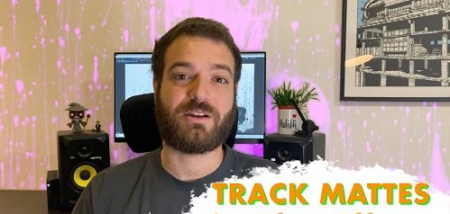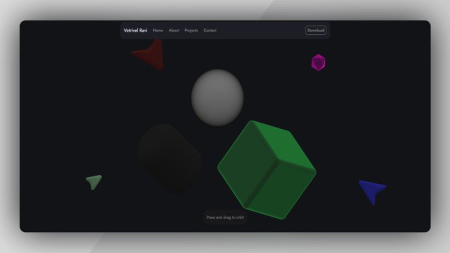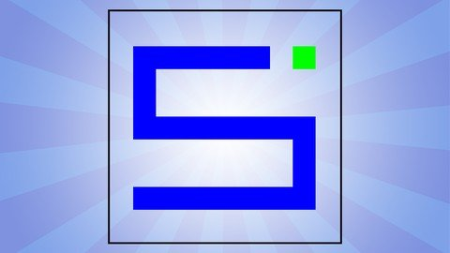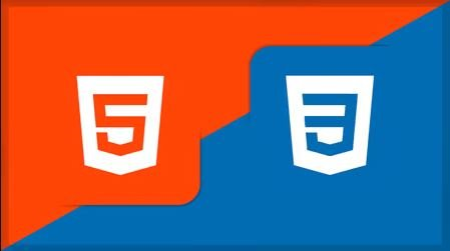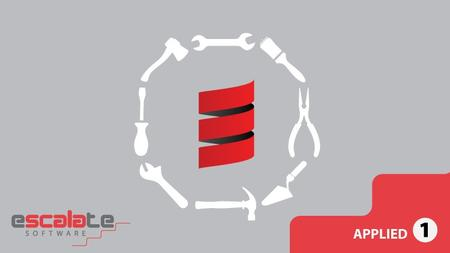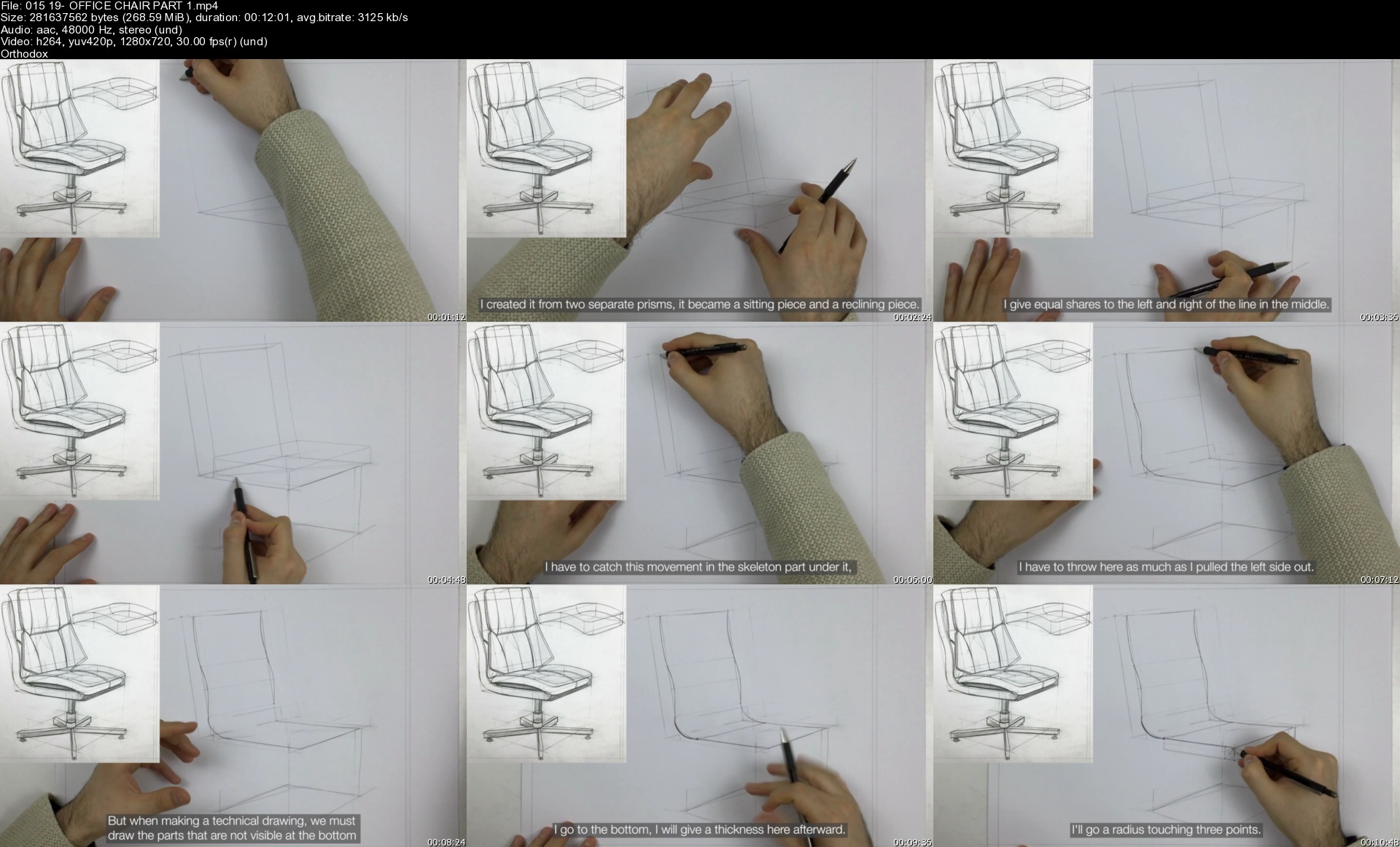The Agile Samurai Bootcamp
Last Update: 8/2018
Duration: 3h 8m | Video: .MKV, 1280x720 30 fps | Audio: AAC, 48 kHz, 2ch | Size: 539 MB
Genre: eLearning | Language: English
Everything you need to setup, execute, and successfully deliver your own Agile project.
What you'll learn:
A thorough understanding of how Agile works, how it's different from traditional Waterfall, and the mindset necessary to transformation your organization and team
A deep, thorough, understanding of how Agile User stories, Estimation and Planning work
How to form effective Agile teams, and what to look for in quality players
Complete description of roles typically seen on Agile projects including the Agile Customer, Business Analyst, Programmer, Tester, UX Designer, and Project Manager
In depth discussion on topics not typically covered in other Agile course like Agile Teams, How to Create Visual Works Spaces, Communication Plans, and the mechanics behind the Agile Iteration
The rhythm and ritual necessary for delivering something of value every week
Covers important concepts not covered in Scrum training like production readiness, and software engineering
A primer on essential software engineering practices like automated Unit Testing, Refactoring, Test-Driven Design, and Continuous Integration
Techniques and methods to ensure your project works within it's means, while delivering phenomenal value to your customer (The Way of the Spartan Warrior)
Requirements
Pen, paper, and fierce desire to learn
Description
Get ready to kick some software project butt.
Enter the world of the Agile Samurai, where the most dire of software projects are dispatched with ease and grace. By learning the ways of the Agile Samurai you will discover:
What Agile is, how it works, and the mindset necessary for working iteratively
Common myths and pitfalls and how to choose the right Agile method for you
How to build a good Agile team
How from traditional waterfall roles (like developer, analyst, tester, and project manager) change on Agile project
How to create a plan you and your customer can believe in
How to gather requirements in a fraction of the time using Agile User Stories
How to deliver something of value every week
What to do when the schedule is wrong, and how to look like a pro correcting it, and
The four essential Agile Engineering practices*and why they are so important for Agility.
By the end of this course you'll have everything you need to successfully set up, execute, and deliver your own Agile project.
Course Outline
Agile In a Nutshell
What Agile is, how it works, and how to choose the right Agile method for you.
Agile Teams
What makes the Agile team tick. Characteristics of good Agile teams. And how to find quality players.
User Stories
In this session we break down what user stories are, how they work, what effective user stories look like for your project, and how to host great story gathering work shops.
Estimation
By learning how to estimate the Agile way, you'll stop trying to get something your up-front estimates can't give (precision and accuracy) and instead focus on what really matters-building a plan you and your customer can believe in.
Planning
In this session, you're going to learn how to create plans you can believe in and follow through on commitments you and your team make.
Iteration Mechanics
This session shows teams how to set the iterations up for success, breaks down what actually occurs during an iteration, and how to setup an agile communication plan for you and your team.
Visible Workspaces
By learning how to create a visual workspace, you and the team will never be at a loss for what to do next or where you can add the greatest value.
Engineering
Agile doesn't work on planning alone. That would be wishful thinking. Only by apply these core software engineering practices can you reduce the time it takes to test, ensure you always have a good design, and confidently make necessary changes with speed.
Unit Testing - Automated tests proving your software works
Refactoring - Paying down technical debt, while continuously improving your design
Test-Driven Development - Write the tests first to help improve your design
Continuous Integration - Maintaining a culture of production readiness, and deploying at a moments notice
Intended Audience
This is an introductory level course on Agile software delivery.
Course Requirements
No previous experience with Agile expected or necessary.
Instructional Level
All Levels
Update NEW*FAQ Section April 2017
New FAQ section added answering most commonly asked questions
New templates section added containing downloadable examples of burn down charts
Update NEW Cheat Sheet Section August 2018
New section summarizing key concepts in downloadable pdf
Who this course is for
Beginners
Assumes no prior knowledge of Agile of software development
Homepage
Screenshots










